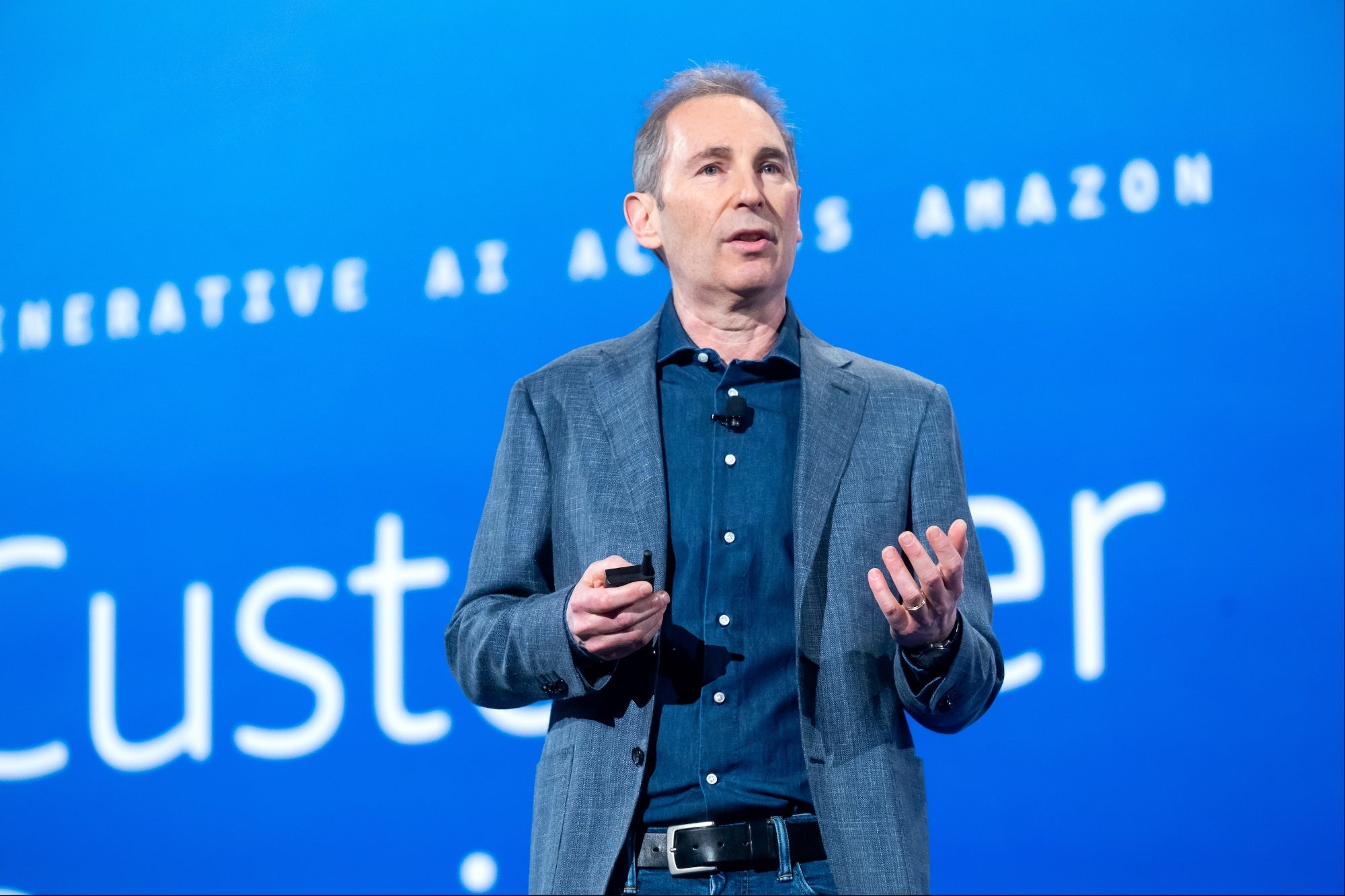How Gen-Zs and e-Commerce are Transforming Consumer Behavior in India's Festive Shopping India's festive shopping culture is not only alive but thriving in this new digital age, blending tradition with modern consumer preferences and setting new benchmarks for what's possible in the e-commerce landscape.
Opinions expressed by Entrepreneur contributors are their own.
You're reading Entrepreneur India, an international franchise of Entrepreneur Media.

As India embraces the 2024 festive season, e-commerce giants and brands alike are witnessing a shift in consumer behaviour, with online shopping and consumer preferences changing the landscape of festive spending. As per Saurabh Srivastava, vice president – categories at Amazon India, "This year's festive season has been exceptional for Amazon India, with the biggest ever opening with a record 11 crore customer visits, and the highest number of Prime members shopping. The enthusiastic participation from sellers across India, including small and medium businesses, has truly been remarkable."
In a demonstration of the country's growing e-commerce footprint, over 8,000 small and medium-sized businesses (SMBs) achieved their highest-ever sales in a single day. Programs like Amazon's Karigar, Saheli, Launchpad, and Local Shops have played pivotal roles in bringing local artisans, women entrepreneurs, and traditional craftsmen into the mainstream online market, supporting growth across these sectors. This digital success highlights a deepening consumer trust in online shopping channels and provides a hopeful outlook for sellers nationwide.
Consumer Behavior Across Age Groups and Demographics
Consumer preferences during the festive season often differ by age, demographic, and lifestyle. Various companies have observed distinct purchasing behaviors that shape their strategies. Gen Z shoppers, known for their love of self-expression, particularly shine in categories like fashion and beauty. Amazon India has noted a significant response from younger shoppers, with Gen Z engagement doubling on brand posts compared to other demographic segments. The beauty segment, too, is seeing Gen Z experimentation, with 48 per cent of Amazon's beauty customers aged 18-24 exploring bold trends.
Colorbar Cosmetics echoes this trend, with founder Samir Krishan Modi observing that Gen Z are more likely to spend frequently and follow global trends. This group often gravitates towards luxury items and enjoys shopping via mobile apps, making them a pivotal demographic for beauty brands.
WOW Skin Science has also identified a clear distinction in consumer values by age. As per chief marketing officer, Vanda Ferrao, millennials and Gen Z show strong loyalty to brands prioritizing natural ingredients and sustainability, valuing these elements over fleeting trends. "This group seeks products that align with personal values, making them loyal to brands offering clean beauty solutions," Ferrao explained.
The demand for practical, high-value tech gifts is strongest among middle-aged consumers, according to Rashi Peripherals Limited CEO, Rajesh Goenka. With students, teenagers, and office workers forming the largest consumer segment, middle-aged buyers specifically favor laptops for gifting, driven by the utility and enduring value of these products.
Hussaine Kesury, chief business officer at Pepperfry, emphasizes the collective family-driven approach that typically defines furniture purchases. "During the festive season, we see a significant increase in spending across all demographics. Furniture and home décor purchases are typically family-driven decisions," Kesury noted, reflecting the deeper, sentimental elements that influence consumer choices in home décor.
The Impact of Online Shopping on Festive Spending
The rise of e-commerce has profoundly transformed the festive shopping landscape, with convenience, accessibility, and new technological integrations reshaping how Indian consumers approach holiday shopping. A study by Ipsos Research Private Limited, commissioned by Amazon India, reveals that the platform is now the preferred choice for 73 per cent of online shoppers, driven by a robust selection of products and attractive value propositions.
With over 65 per cent of Amazon sellers based in smaller cities like Moradabad, Saharanpur, and Churu, Amazon India's festive sales reflect a growth in online shopping in Tier II and III cities, showing the accessibility of e-commerce in areas previously underserved by retail outlets. As Srivastava explains, "Our dedicated programs…have been instrumental in driving this growth, ensuring sellers across India thrive in the e-commerce landscape."
Online marketplaces have brought increased visibility and competitive pricing to the consumer tech sector. Goenka of Rashi Peripherals Limited shared that "Online marketplaces…offer better prices, bundle offers, swift delivery, hassle-free experience and financial support to consumers' demand during the festive season." However, he added that these markets see a "sharp decline in sales" post-Diwali, revealing the cyclic nature of consumer demand in India's tech market.
Digital transformations in beauty e-commerce are creating experiences that bridge the gap between in-store and online shopping. At Colorbar, virtual try-on and skin analysis tools make online shopping more interactive and confidence-building. Modi of Colorbar highlighted the importance of these technologies, saying, "This empowers consumers to confidently select products from the comfort of their homes…Colorbar is at the forefront of this transformation." Similarly, Ferrao of WOW Skin Science points to India's online beauty market, which is projected to grow at a CAGR of 25 per cent, attributing this to increased internet penetration and variety in product offerings.
The home décor market, particularly furniture, has seen a notable rise in demand due to post-pandemic real estate trends and a cultural inclination to renew one's space during festivities. As Kesury from Pepperfry highlights, "Post-COVID-19…there's an increased demand for furniture and home décor as new homeowners look to furnish their spaces," with Diwali sales expected to rise 20-25 per cent this year.
The festive season continues to be a powerful economic force in India, reshaping the traditional shopping experience. India's festive shopping culture is not only alive but thriving in this new digital age, blending tradition with modern consumer preferences and setting new benchmarks for what's possible in the e-commerce landscape.










